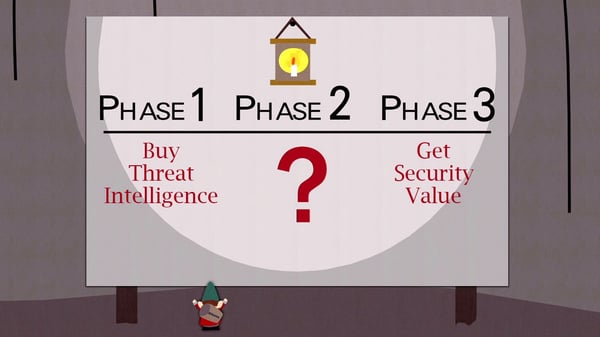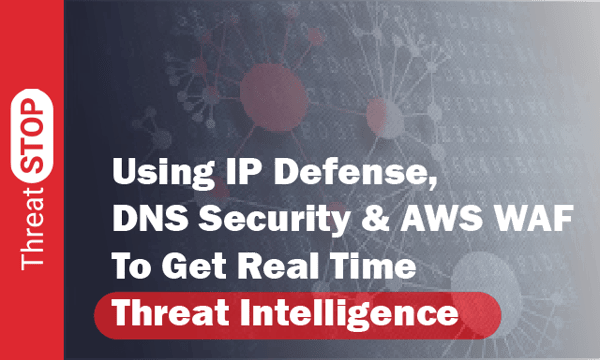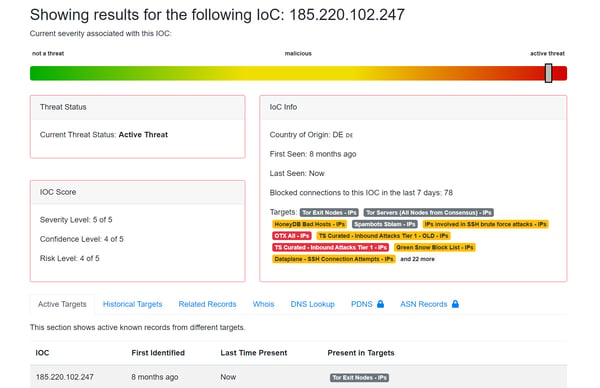June 26, 2019 • Joe Dahlquist
Getting Real (SMB) Value From Threat Intelligence
6Min read
•
Cybersecurity,
dns,
DNS Firewall,
malware,
Ransomware,
SMB,
threat intelligence,
phishing,
DNS Server



